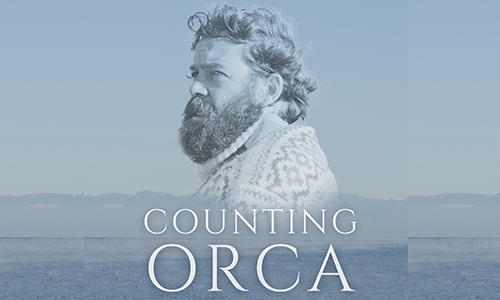||| by Jens Kruse |||

In her ‘’Author’s Note,’’ Dublin born Emma Donoghue — a prolific writer in many genres, who now lives in London, Ontario — calls her novel ‘’a fiction pinned together with facts”[293]. Many of the details of one of the main characters’ life are drawn from a 2009 Irish report on the exploitation and mistreatment of children in residential institutions run by nuns and priests of the Catholic Church. Dr. Lynn is based on Kathleen Lynn, a doctor who was one of the leaders of Sinn Fein and participated in the Easter uprising of 1916.
But the main fabric of reality in this novel is the Great Influenza
pandemic of 1918. Julia Strong, the almost 30 years old nurse-midwife is
the protagonist and first-person narrator of the story that unfolds over
three days in late October and early November in a Dublin hospital. Julia
— who has recently recovered from a mild to moderate case of the
influenza — works long hours in the Fever/Maternity ward of the
hospital where she cares for pregnant women with the disease. She is
soon joined by Bridie Sweeney, a young woman volunteer from the
nearby Catholic residential institution, and Dr. Lynn, the former rebel
who is in danger of being arrested by the police.
Julia’s days are long and hard. Some patients improve only to give birth
to dead babies, others go through the stages of influenza, their skin
changing from red to brown to blue to black as they succumb to
cyanosis. When she gets home she sits with her brother who has
returned from World War I physically intact but mentally damaged.
Germany is almost defeated but at this point the conjunction of the war
and the influenza is still very much present. At one point, Dr. Lynn says:
“It wouldn’t surprise me if this flu turned out to be caused by a miasma
of rot blowing over from the battlefields …” [139]. This, at the
contemporaneous state of knowledge, seems to her as good as an
explanation as what she tells Julia the medieval Italians thought of as
the cause of flu-like diseases: influenza delle stelle, the influence of the
stars.
And Julia tells us:
I listened in on speculations about the Kaiser being on the verge of
surrender; the imminence of peace. It occurred to me that in the
case of the flu there could be no signing of a pact with it; what we
waged in the hospitals was a war of attrition, a battle over each and
every body. [170-171]
Donoghue structures her novel into four sections, named after the
stages of the disease: red, brown, blue, black. And indeed, her story progresses through ever intensifying suffering, culminating in the death
of Julia’s beloved Bridie. But it is also the story of human resilience,
dedication, and love. It ends with an uplifting, life-affirming act.
Emma Donoghue’s The Pull of the Stars (New York, London, Boston: Little, Brown and Company, 2020) can be checked out, by way of curbside pickup, from the Orcas Library or obtained through Darvill’s Bookstore.
**If you are reading theOrcasonian for free, thank your fellow islanders. If you would like to support theOrcasonian CLICK HERE to set your modestly-priced, voluntary subscription. Otherwise, no worries; we’re happy to share with you.**








Thank you, Jens, for another great review. This book will definitely be on my list and the quote from Julia rings for us today.